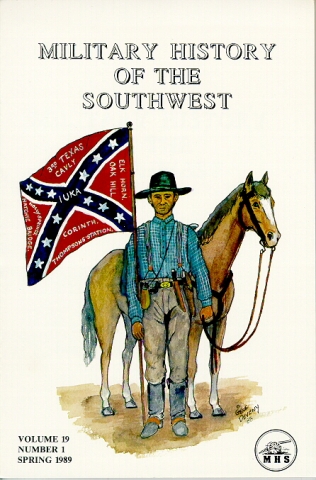Vol. 19, No. 1, 1989
- Vol. 19, No. 1, 1989
- Vol. 21 (Fall 1991), No. 2
- Vol. 21 (Spring 1991), No. 1
- Vol. 22 (Fall 1992) No. 2
- Vol. 22 (Spring 1992), No. 1
- Vol. 23 (Fall 1993), No. 2
- Vol. 23 (Spring 1993), No. 1
- Vol. 24, No. 1, Fall 1994
- Vol. 24, No. 2, Fall 1994
- Vol. 29, No. 1, Spring 1999
- Vol. 29, No. 2, Fall 1999
- Vol. 30, No. 1, Spring 2000
- Vol. 30, No. 2, Fall 2000
- Vol. 31, No. 1, Spring 2001
- Vol. 31, No. 2, Fall 2001
- Vol. 32, No. 1, Spring 2002
- Vol. 32, No. 2, Fall 2002
- Vol. 33, 2003
- Vol. 34, 2004
- Vol. 35, 2005
- Vol. 36, 2006
- Vol. 37, 2007
- Vol. 38, 2008
- Vol. 39, 2009
- Vol. 40, 2010
- Volume 19, No. 2, Fall 1989
- Volume 20 (Fall 1990), No. 2
- Volume 20 (Spring 1990), No. 1
- Volume 25, No. 1, Spring 1995
- Volume 25, No. 2, Fall 1995
- Volume 26, No. 1, Spring 1996
- Volume 26, No. 2, Fall 1996
- Volume 27, No. 1, Spring 1997
- Volume 27, No. 2, Fall 1997
- Volume 28, No. 1, Spring 1998
- Volume 28, No. 2, Fall 1998
- Indices

MILITARY HISTORY OF THE SOUTHWEST 1989
Vol. 19, No. 1, 1989
Table of Contents
"The Third Texas Cavalry: A Socioeconomic Profile of a Confederate Regiment," by Douglas Hale, pp. 1-26.
Abstract: The 3rd Texas Cavalry endured four hard years of service in the western theater
of the American Civil War. Data from the 1860 U.S. Census, the OFFICIAL RECORDS, letters,
diaries, etc., indicate that the regiment was formed by men of high socioeconomic
status and that the rank and file of the regiment generally came from the same class.
Later replacements in the unit were lower on the economic scale.
Key Words: Civil War, Texas, cavalry, Army of Tennessee
"Frontier Historians, Women, and the 'New' Military History," by Sandra L. Myres, pp. 27-37.
Abstract: The historiography of the "new" military history now includes women, especially
army wives on the post-Civil War frontier. Many of the studies of such women are well
done, providing a new vision of women's roles on the frontier. More work needs to
be done on sexuality, domestic violence, substance abuse, military politics, and the
roles wives played on the military frontier.
Key Words: Women, army wives, frontier, historiography
"The Swastika and the Lone Star: Nazi Activity in Texas POW Camps," by Richard P. Walker, pp. 39-70.
Abstract: Nazi party members dominated some POW camps in Texas during World War II. Efforts
of camp commanders to segregate hard-line Nazis and members of the Gestapo from other
prisoners were often unsuccessful. A nationwide network of Nazi intimidation and propaganda
centered on the German Postal Unit.
Key Words: POWs, Nazis, Texas, World War II
"Civilians and Black Soldiers in New Mexico Territory, 1866-1900: A Cross-Cultural Experience," by Monroe Billington, pp. 71-82.
Abstract: Though most veterans of the Civil War received praise from civilians, black soldiers
in New Mexico Territory often experienced racial prejudice. Widespread distrust of
their ability to protect civilians, and prejudice against African Americans were evident
despite generally strong records of service by black soldiers. Black musical bands
and sports teams were more easily accepted by the white population.
Key Words: New Mexico, black soldiers, frontier, race relations